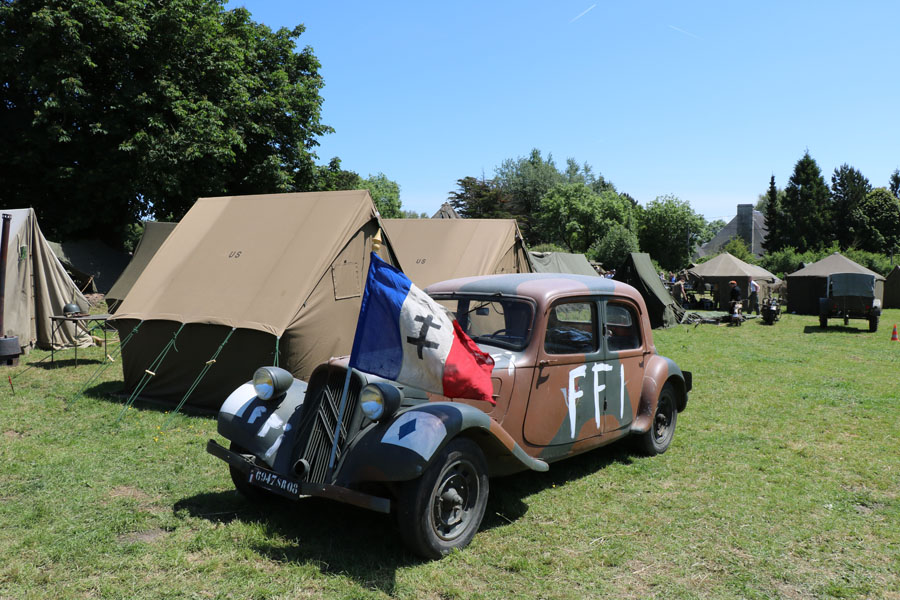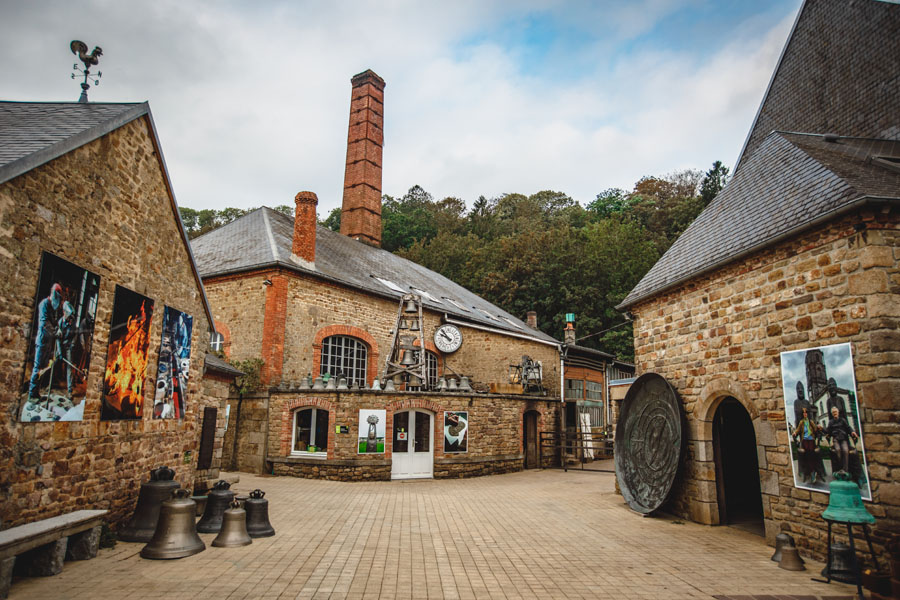excellent article sur la Normandie via www.turas.tv
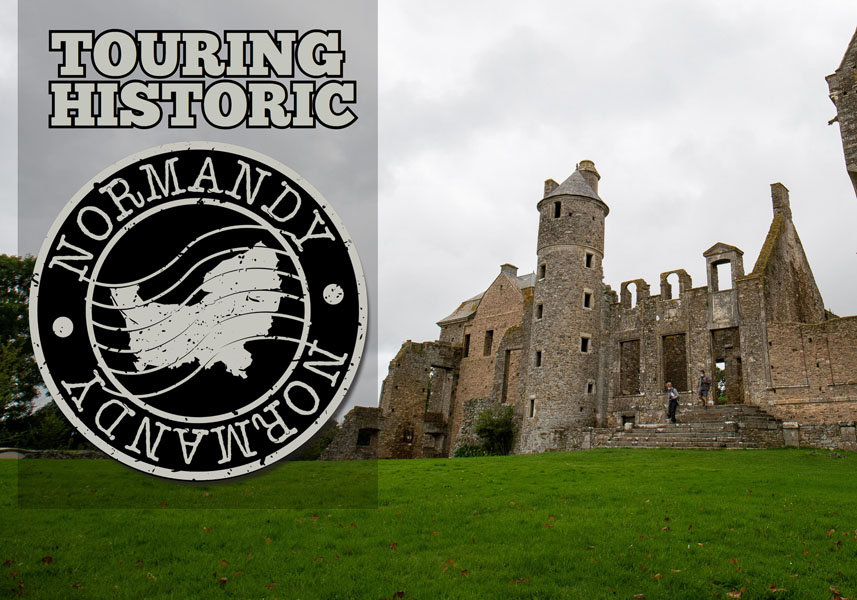
We love driving and exploring, seeking out new and interesting places to visit, to see and to camp. Mostly the TURAS team are seeking out wild and remote places, but this does not mean that we don’t enjoy other kinds of touring. In Europe, there is so much to see and do, so many tracks and roads to travel, and they are not all mountain tracks. In this issue, we thought that we would take a look at some fascinating places to explore by road. Normandy, in Northern France, is a beautiful and fascinating region. In fact the region of Normandy encompasses also parts of the channel Islands. It covers over 30,000 square kilometres and has a population of roughly 3.5 million people. Normandy has a long and fascinating history, from the Celtic and Gaul invasions of 50BC, through Saxon pirates, Viking invaders and the Norman expansion and conquest of England. In the 19th century, Normandy became known as a seaside tourism resort, with the advent of beach holiday resorts. Normandy perhaps became most well known during the 20th Century as the location of the allied D-Day Landings in June 1944 which led to the eventual allied victory of World War II.
When visiting Normandy today, it can be hard to imagine the hell that existed along this now serene coastline during the war, but reminders are everywhere to see, from the remains of concrete bunkers to the graveyards with white crosses marking the location of Allied soldiers lost in the war.
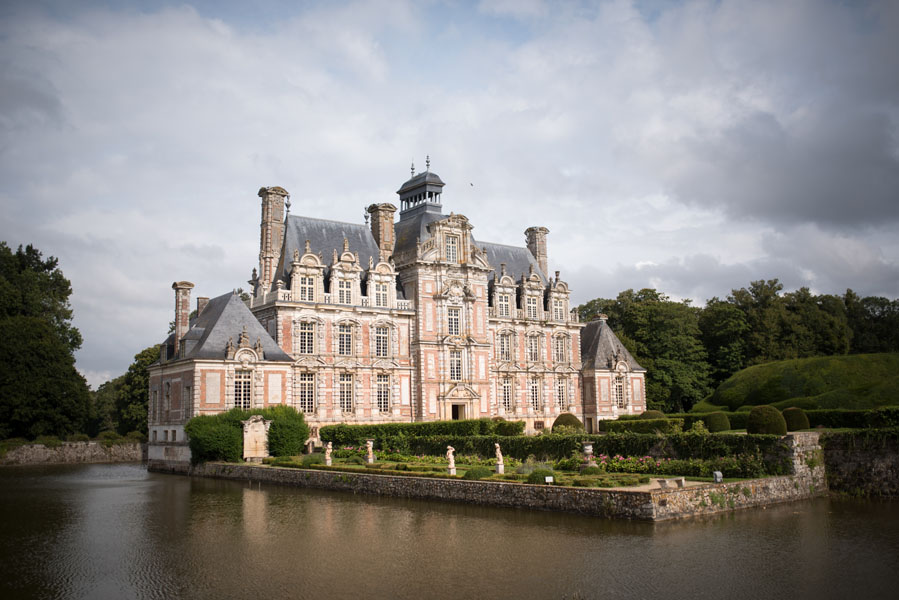
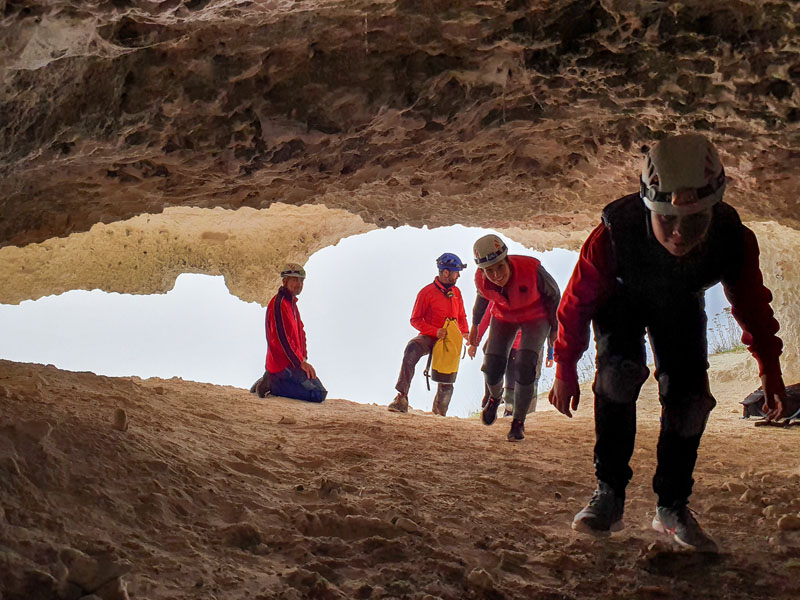
Visiting these beaches on a tour of Normandy is a must. The armed forces used code- names to refer to the planning and execution of specific military operations to prepare for D-Day. Operation Overlord was the code- name for the Allied invasion of north-west Europe. The assault phase of Operation Overlord was known as Operation Neptune. This operation, which began on June 6, 1944, and ended on June 30, 1944, involved landing troops on beaches and all other associated supporting operations required to establish a beachhead in France. By June 30th, the Allies had established a firm foothold in Normandy — 850,279 men, 148,803 vehicles and 570,505 tons of supplies had been landed. Operation Overlord also began on D-Day, and continued until Allied forces crossed the River Seine on August 19th. The Battle of Normandy is the name given to the fighting in Normandy between D- Day and the end of August 1944. Allied code names for the beaches along the 50- mile stretch of Normandy coast targeted for landing were Utah, Omaha, Gold, Juno and Sword.
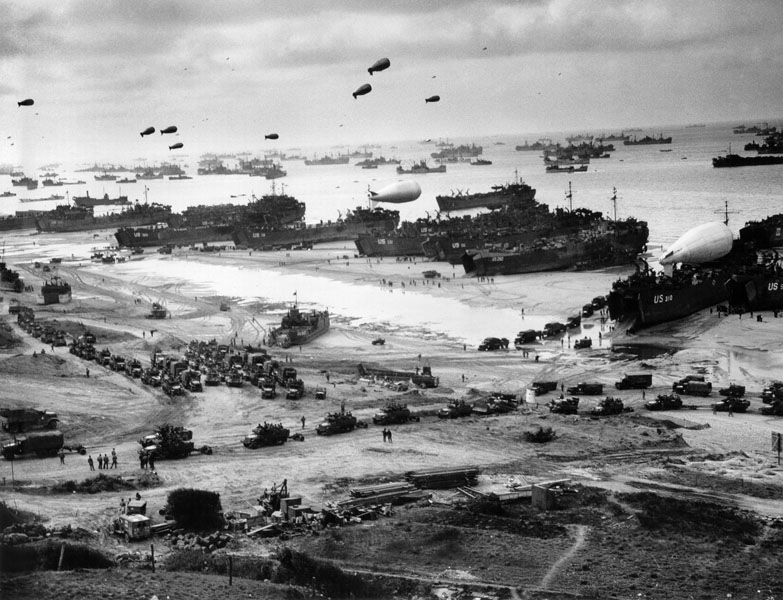
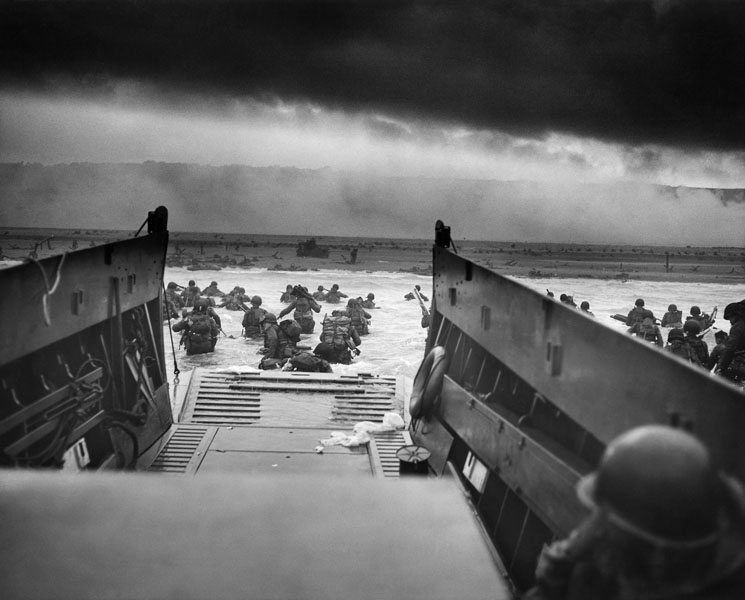
There are some fascinating museums and historical sites to visit near all of these beaches and many monuments to the bravery of the men who fought upon them.
When touring Normandy, driving is definitely the best option, having explored the beaches and WWII landing zones there are lots of other fascinating things to see and do. The church at Sainte-Mère-Église is known for the incident where paratrooper John Steele of the 505th Parachute Infantry Regiment (PIR), had his parachute caught on the spire of the town church, and could only observe the fighting going on below. He hung there for two hours, pretending to be dead before the Germans took him prisoner. Steele later escaped from the Germans and rejoined his division when US troops of the 3rd Battalion, 505 Parachute Infantry Regiment attacked the village.
Mont-Saint-Michel is tidal island , located just a few hundred meters from land and accessible at low tide. An abbey was built on the island with construction started in the 10th century and it was finally completed nearly 500 years later. From the 14th century, the successive conflicts of the Hundred Years War, opposing France and England, required the construction of new powerful fortifications. Today it is possible to visit the Abbey, walk around, shop for some mementoes on its small street and even to stay in a hotel on the Island where at high tide you are entirely surrounded by the sea.
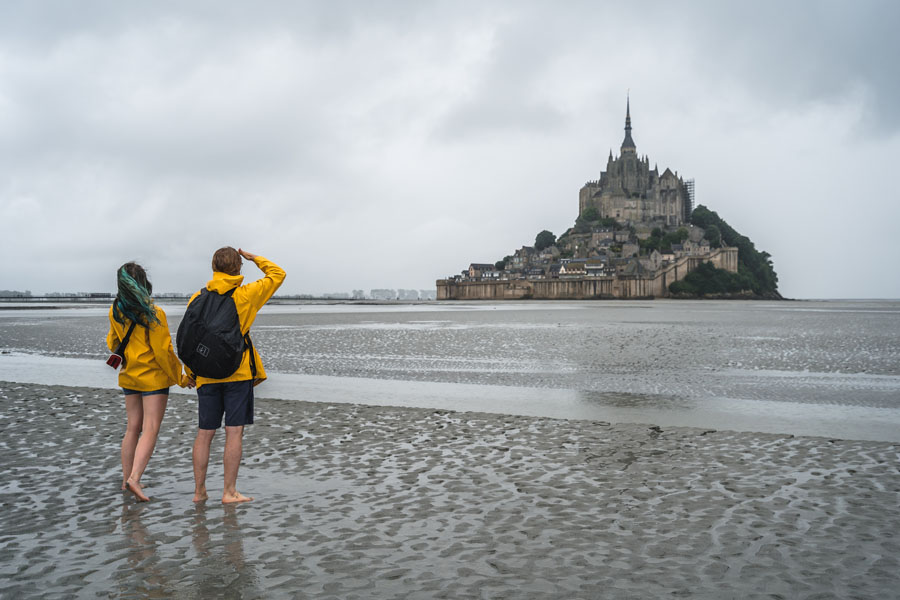
The Bayeux Tapestry is a masterpiece of 11th century Romanesque art, which was probably commissioned by Bishop Odo, William the Conqueror’s half-brother, to embellish his newly-built cathedral in Bayeux in 1077. The tapestry is 70 metres long and 50 centimetres tall. It depicts the events leading up to the Norman conquest of England concerning William, Duke of Normandy, and Harold, Earl of Wessex, later King of England, and culminating in the Battle of Hastings. It is thought to date to the 11th century, within a few years after the battle. It tells the story from the point of view of the conquering Normans but is now agreed to have been made in England. At the time of writing this article, it is planned to move the tapestry from Normandy to the UK during 2022, both for some restoration work and to go on display while its museum in Normandy is renovated.
There are numerous famous locations in Normandy dedicated to or related to the history of art, from the house Claude Monet (now a museum) to the Musée des Beaux-Arts de Rouen, which has artworks representing every major movement but is a must-see if you like impressionist paintings. For fans of fashion the Musée Christian Dior in Granville is definitely worth a visit.
No matter what your interestest , there is guaranteed to be something available for you to see and do while touring around Normandy, from adventure sports, to historical re-enactments and medieval festivals, to food , music and art festivals, the list goes on and on. Depending also on what month you travel the programme of available events changes, and there is always something new to discover.
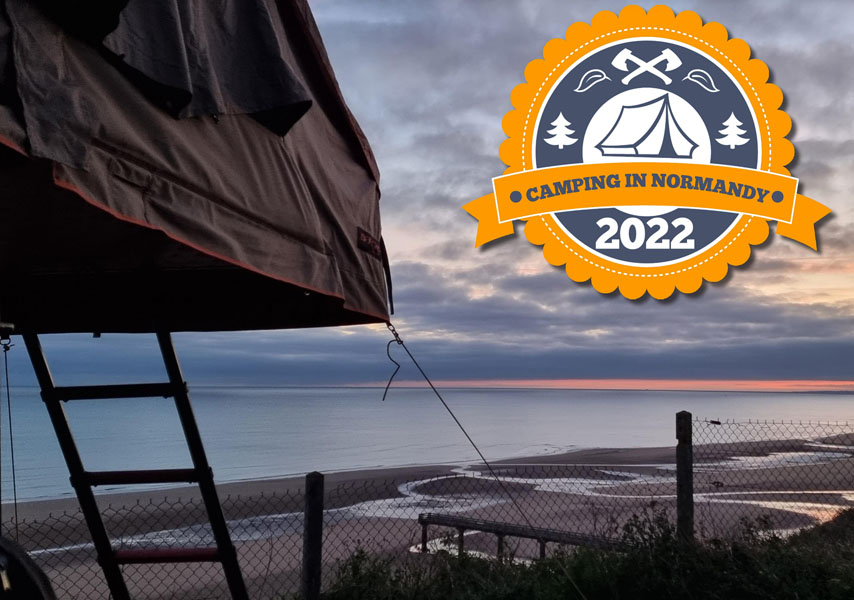
There are around 400 campsites dotted across Normandy, from luxury lodges to campsites located near beaches or at the foot of famous tourist attractions. When exploring the beautiful coastline or lush and gorgeous countryside, you are likely never too far from a nice campsite. Being a region so full of history and of culture, there is so much to see and do, so camping around the region can give you the freedom and flexibility to explore wherever you want at your own pace.
There are many standard campsites where you can pull up and open up your roof tent or pitch your ground tent, or pull up with a caravan or campervan. There are also lots of sites where you can up the luxury a little and stay in a well kitted out glamping location where cabins, huts, yurts, lodges and many other quirky options are available. Most of the campsites in Normandy are very picturesque, with pitches available in forested areas, on the shores of lakes and just generally in beautiful countryside. Huttopia, the nature-loving camping company founded by French couple Céline and Philippe Bossanne, and now an international movement of eco-friendly camping locations also has 3 camping areas in the Normandy region. (Today, there are more than 60 Huttopia locations on three continents, with more preparing to open in 2022 and beyond). Some of the many campsites in the region have been around for many years and some are quite new. There are also a few locations in the grounds of châteauxs or stately homes, surrounded by beautiful gardens.
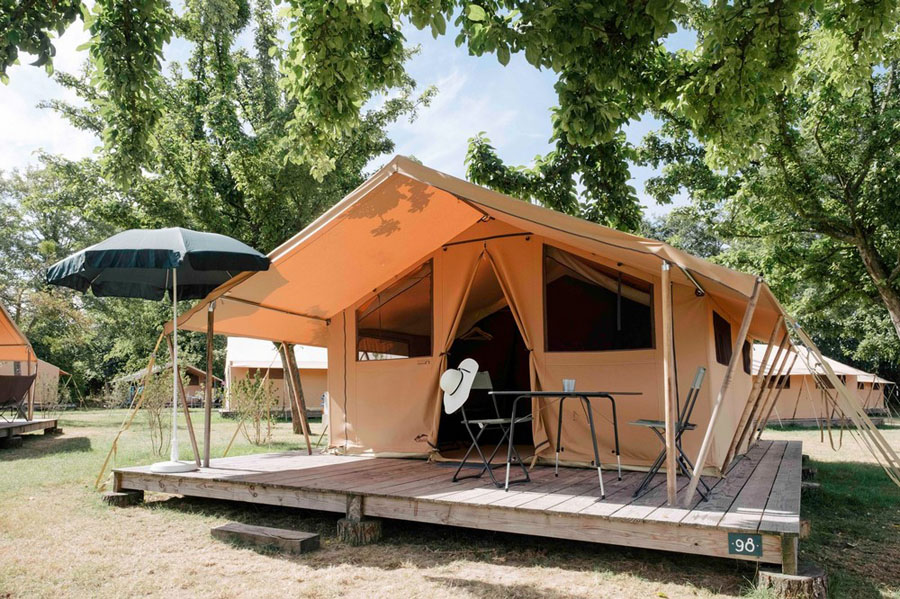
The main benefit of camping in Normandy, apart from the saving on hotel or apartment rental fees is the flexibility it gives you to explore the region. In Rouen apart from Musée des Beaux-Arts de Rouen, mentioned earlier, this Norman city is the place where Joan of Arc was burned at the stake and you can learn more about her fascinating life and story in a museum dedicated to her.
Touring around you will see many of the landscapes that inspired Monet to create his magnificent paintings. If you like Camembert Cheese, why not visit the village of the same name where it is made? The village also produces Calvados apple brandy with which you might also be familiar. There are 34 castles located in Normandy, some of which are in ruins, some intact and some of which have been restored. Many of these castles are worth visiting.
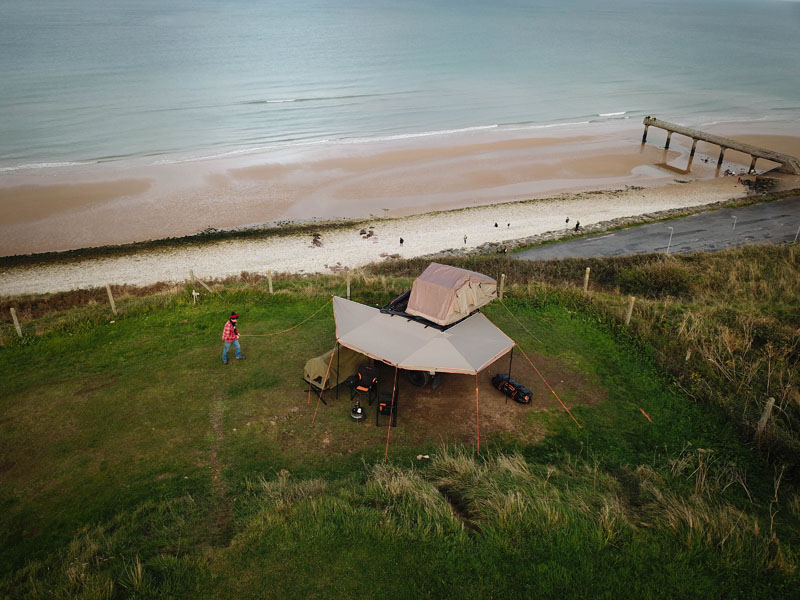
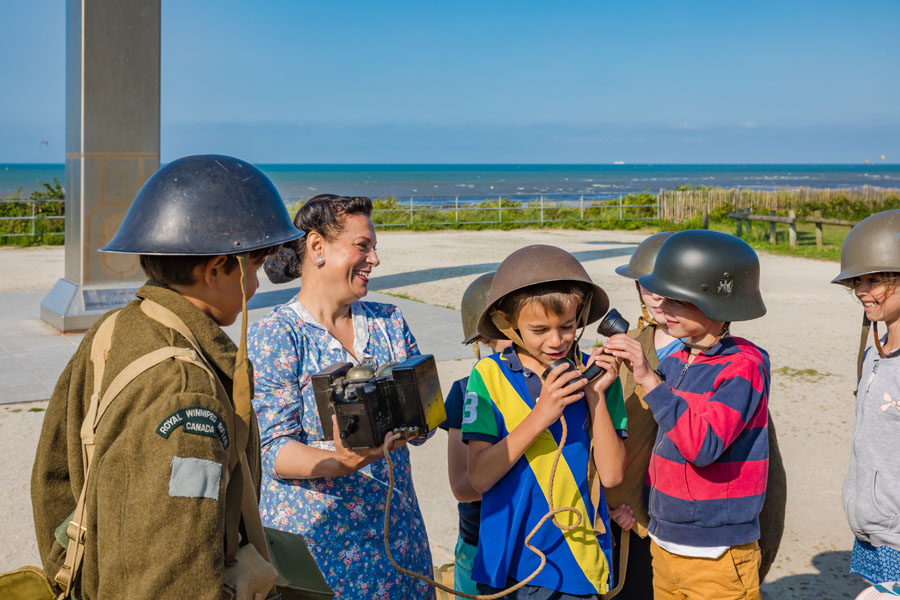
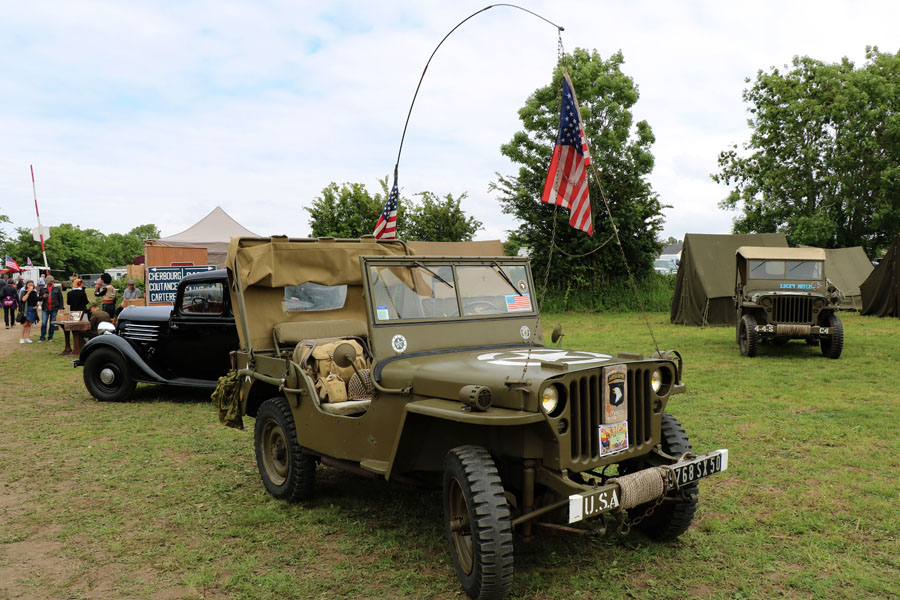

Falaise Castle is a fortress located in the south of the commune of Falaise in Normandy, France. William the Conqueror, the son of Duke Robert of Normandy, was born at an earlier castle on the same site in about 1028. William went on to conquer England and become king, and possession of the castle descended through his heirs until the 13th century when it was captured by King Philip II of France
The Château de Pirou is a castle in the commune of Pirou was initially built of wood, then of stone in the 12th century and belonged to the lords of Pirou. It was constructed near the shore of the English Channel, and used to watch upon the west coast of the Cotentin, to protect the town of Coutances and a strategic shallow-water harbour. As the coastline receded, the castle lost its strategic significance, and thus was not militarily upgraded and was spared during the systematic destruction of fortifications during the French Revolution.

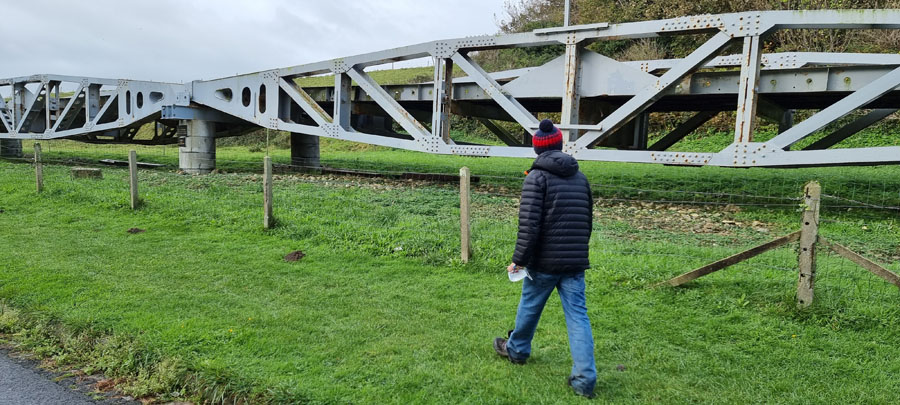
Château Gaillard is a medieval castle ruin overlooking the River Seine above the commune of Les Andelys. It is located some 95 kilometres (59 mi) north-west of Paris and 40 kilometres (25 mi) from Rouen. Construction began in 1196 under the auspices of Richard the Lionheart, who was simultaneously King of England and feudal Duke of Normandy. The castle was expensive to build, but building it took just two years and, at the same time, the town of Petit Andely was constructed. The castle consists of three enclosures separated by dry moats, with a keep in the inner enclosure.
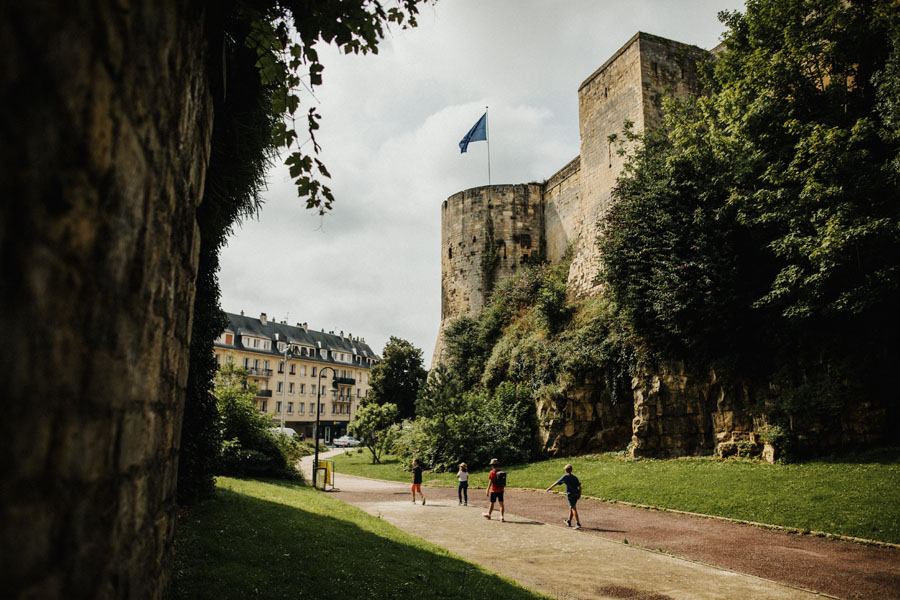
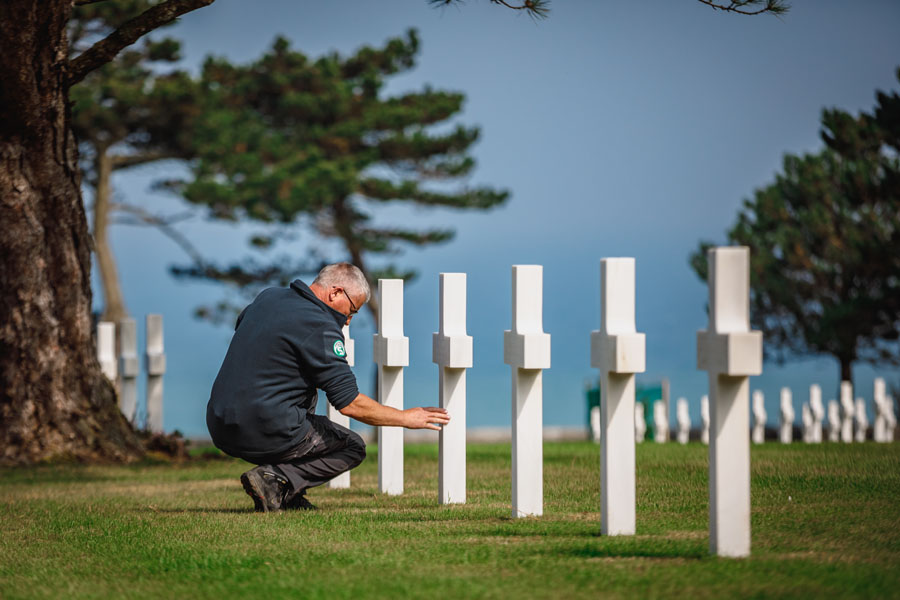
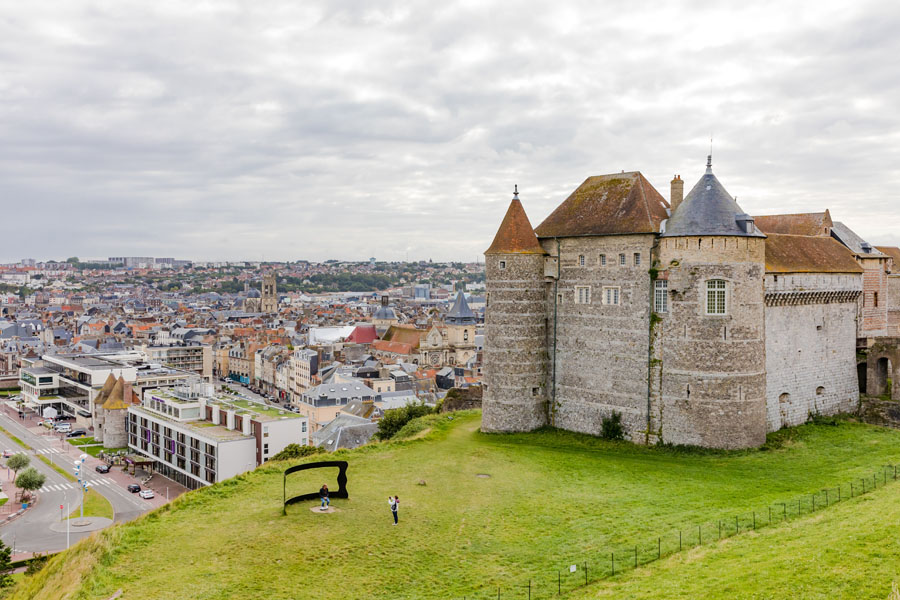
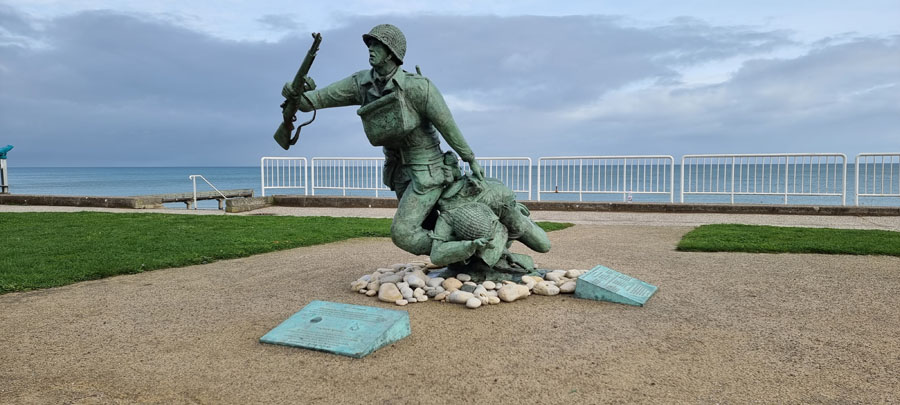
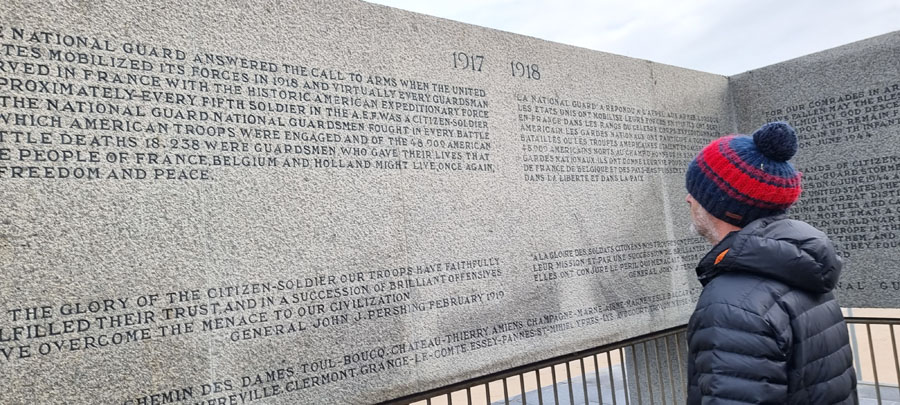
If you are looking for some action-packed fun Normandy’s exciting natural landscapes make for perfect adventure playgrounds, with amazing beaches, rivers, lakes and islands and some fantastic watersports on offer.
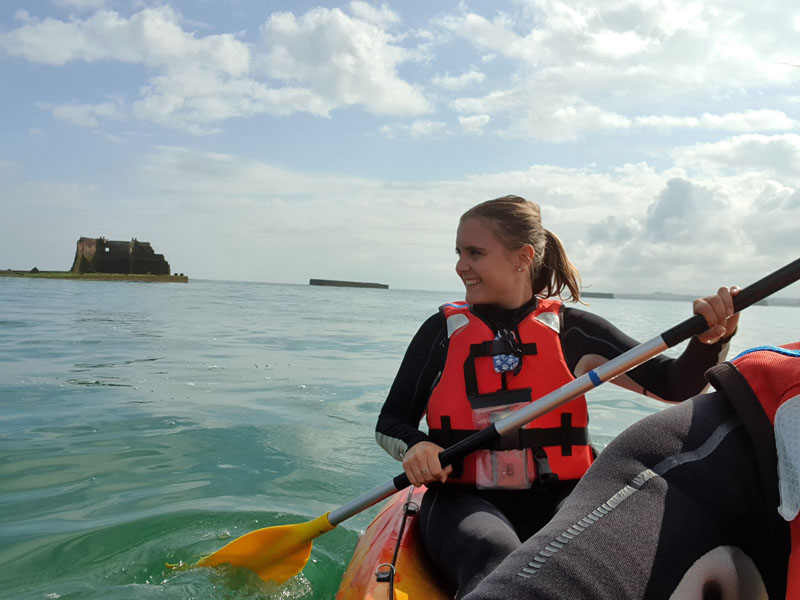
Walkers, cyclists and other nature enthusiasts can enjoy the diversity of Normandy’s natural landscapes, from vast woodland wilderness and mile upon mile of rolling countryside, to dramatic coastal cliffs and areas of outstanding natural beauty. Whether you’re interested in golf, fishing, adventure sports, kayaking (including some guided kayak tours of the historic WWII beaches and the remains of the pontons and cassions). The range of activities available in the region is extensive, surfing, supping, climbing, sailing on tall ships. We could go on but instead, refer you to the very useful Normandy Tourism website. There are also lots of interesting festivals on offer in the region throughout the year including multiple music festivals,the first week of May sees gourmands trek out to Cambremer to celebrate the best of Normandy’s cheeses, wines and culinary delights. A two day event, markets, tastings and games are enjoyed by families and children alike. The Joan of Arc Festival, also in early May, the medieval festival in early July where people parade the streets of Bayeux in Medieval costumes, with feasts, a ball and period pieces throughout the town and much more.

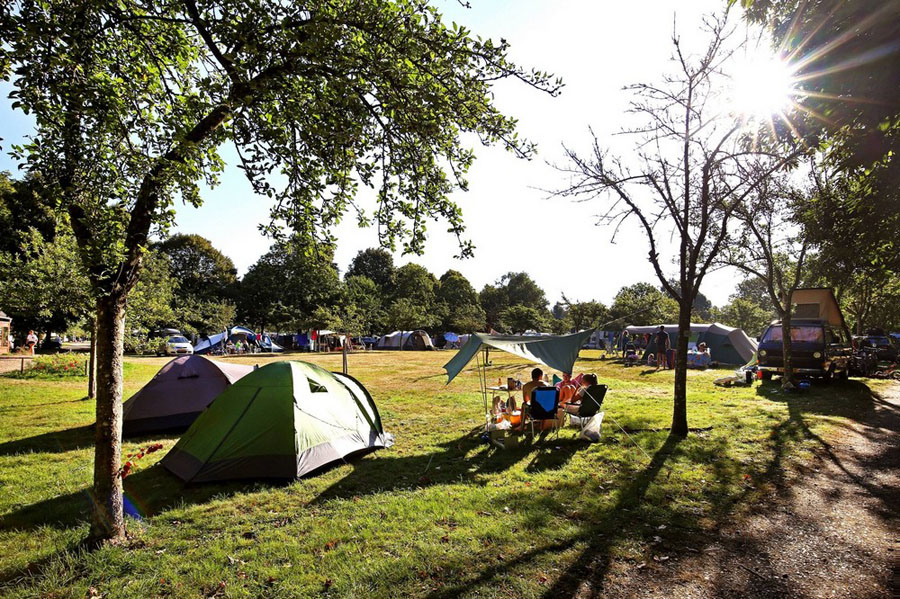
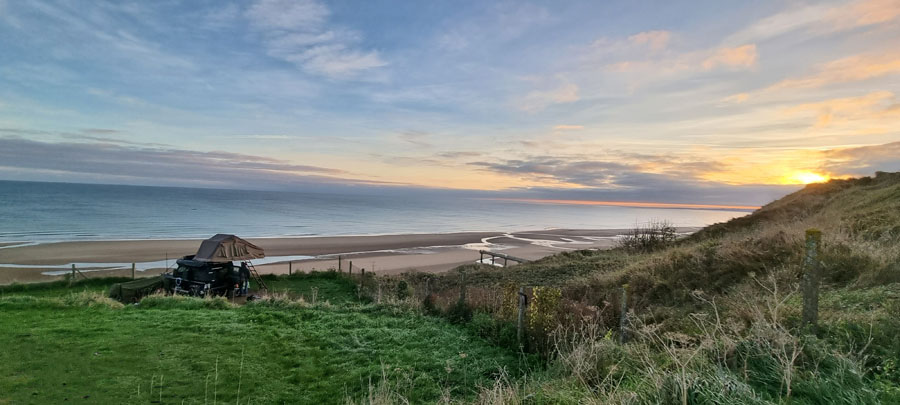
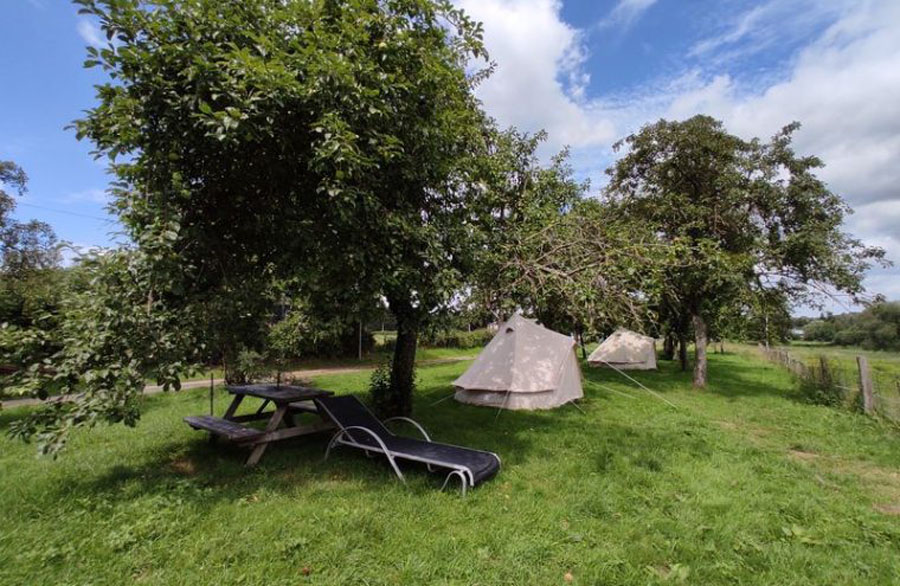
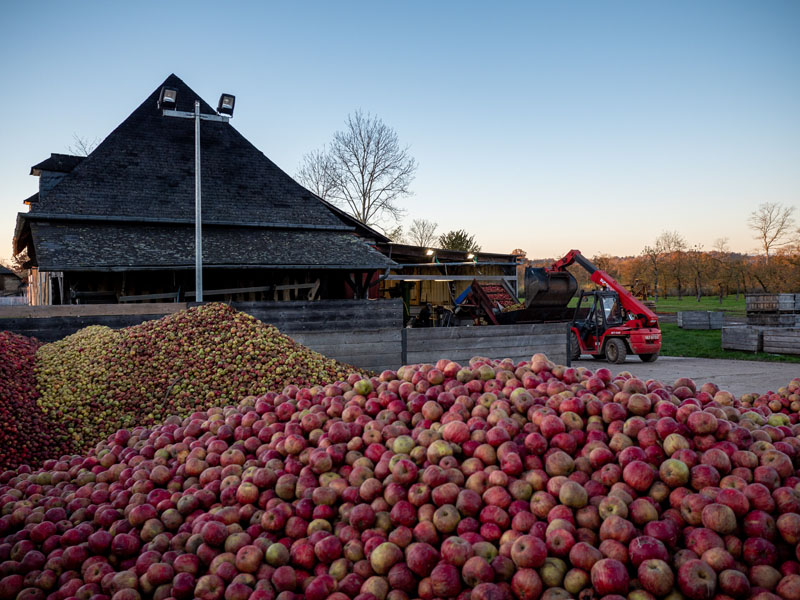
We have made numerous visits to Normandy over the years, and plan many more in the future. It is a region that is easy to drive to from anywhere in mainland Europe and is easily accessible also to visitors from the UK and Ireland by ferry and also via the Eurotunnel.
